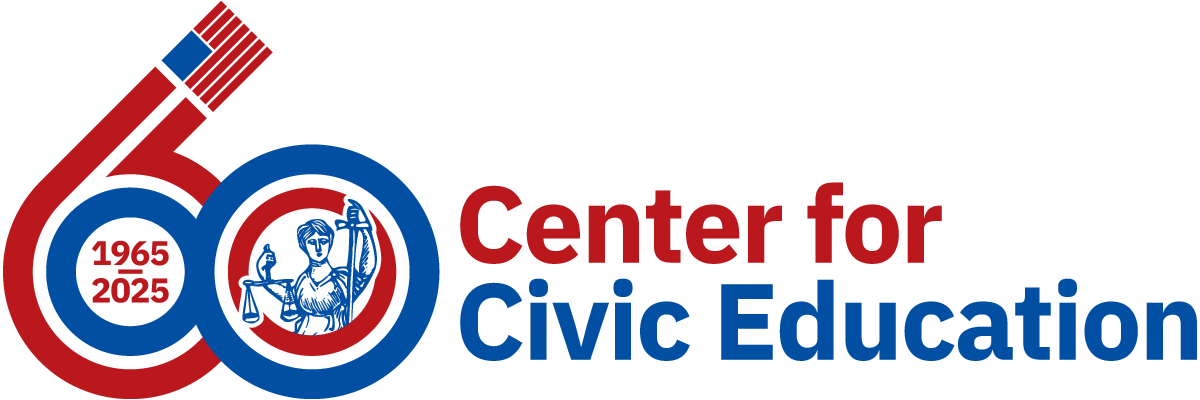|
Are You Too Young to Vote? |
|||
| GRADE LEVEL(S) |
Middle school grades 6-8
|
TIMEFRAME |
2 one-day lessons including 1 summative assessment
|
|
ALIGNMENTS |
TEXTS/MATERIALS |
||
|
We The People Level 2
College, Career, and Civic Life (C3) Framework
Educating for American Democracy Roadmap Theme 1: Civic Participation
Theme 4: A New Government & Constitution
|
Day 1
Day 2
|
||
|
COMPELLING QUESTION |
|||
| Should the voting age in the United States be lowered? | |||
|
SUPPORTING QUESTION(S) |
|||
|
|||
|
LESSON OBJECTIVE |
VOCABULARY |
||
|
|
||
|
TEACHER BACKGROUND |
|||
|
Congress controversially lowered the voting age to 18 In April 1970, as it extended legislation for the Voting Rights Act of 1965. States rights advocates believed that it was the power of the states, not the Federal Government, to set the voting age. President Nixon signed the Act which was to go into effect January 1, 1971. The Supreme Court ruled that the government had indeed overstepped its legislative bounds in lowering the voting age on December 21, 1970. With the 1972 election looming, Congress acted quickly to pass legislation proposing the 26th Amendment. The states ratified the Amendment in 100 days, faster than any other previous Amendment. Since the passage of the 26th Amendment, there have continued to be calls to extend the right to vote to include sixteen and seventeen year olds as an effort to strengthen our democracy. Proponents state that voting is more likely to develop as a habit for sixteen year olds as they are generally in a stable environment and most recently exposed to civics education through their high school experience. Advocates claim the voices of young people should be taken into account as many policy decisions will directly impact their future. Prior to the start of the lesson, teachers should familiarize themselves with the primary and secondary sources featured on the student resources: This lesson contains material about war that some students might find offensive or potentially traumatizing. This material has been included in order to give students the knowledge needed to identify how our Constitution has evolved over the last 236 years. A culturally responsive classroom will provide a welcoming and safe environment where students feel comfortable discussing difficult topics. Ensure students feel comfortable sharing appropriate personal perspectives. Consider establishing classroom norms that encourage discussion. |
|||
|
SEL FOCUS |
|||
|
Students will develop their responsible decision-making by analyzing situations as well as practice ethical responsibility in identifying the pros and cons of lowering the voting age in America. |
|||
|
ASSESS & AUTHENTICALLY ENGAGE |
|||
|
|||
About
 This site is brought to you by the Center for Civic Education. The Center's mission is to promote an enlightened and responsible citizenry committed to democratic principles and actively engaged in the practice of democracy. The Center has reached more than 30 million students and their teachers since 1965. Learn more.
This site is brought to you by the Center for Civic Education. The Center's mission is to promote an enlightened and responsible citizenry committed to democratic principles and actively engaged in the practice of democracy. The Center has reached more than 30 million students and their teachers since 1965. Learn more.
Center for Civic Education
5115 Douglas Fir Road, Suite J
Calabasas, CA 91302
Phone: (818) 591-9321
Email: web@civiced.org
Media Inquiries: cce@civiced.org
Website: www.civiced.org




